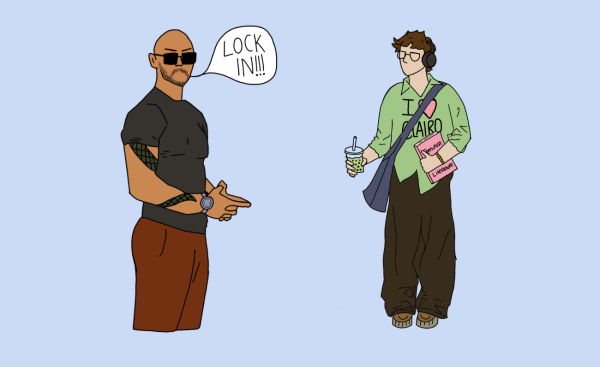Speaking in the five different love languages
When it comes to affection, there is no universal way to show admiration or appreciation to one another. However, researchers have been able to categorized displays of affection into five categories: physical touch, acts of service, words of affirmation, quality time and receiving gifts. Every person has a different love language, which is someone’s way of expressing and receiving love.
Currently, the concept of love languages has been popularized as less of a theory and more of a personality test. Originally, the love language theory was created by Dr. Gary Chapman. In 1992, Chapman published “The Five Love Languages: How to Express Heartfelt Commitment to Your Mate,” which became a New York Times bestseller. It was written to help couples understand one another and how they can better express their appreciation for each other. Chapman’s idea was for couples to use the knowledge of one another’s love languages to strengthen their relationship and adapt to each other.
People who appreciate the value of what is expressed to them have words of affirmation as their love language. Verbal and written displays of affection such as giving a compliment or writing a note are simple ways to make a significant other feel appreciated.
Physical touch refers to exhibiting love through touch or any other form of physical connection, but it is not limited to intimacy and public displays of affection. Physical touch is also about how physical closeness has a direct correlation to emotional closeness. Oxytocin, the bonding hormone, is released during physical touch with another. Other feel-good hormones such as serotonin and dopamine can also be stimulated through skin-to-skin contact. These hormones elevate mood and can foster feelings of connection between partners.
Spending time with someone can sometimes be overlooked as just a given in any relationship, but spending quality time is one of the most common love languages. Setting aside time to have someone’s full presence and undivided attention is particularly important to someone who has quality time as their love language. Whether it be through studying together or going out, any time spent is valuable to the other person.
Acts of service refer to actions, big or small, that increase someone’s happiness and comfort of the other person. People’s whose love language is acts of service value when their significant other does things to express their love such as doing chores or little things that could just lighten the load for the other person. Actions speak louder than words, and being able to show extra effort is a way to connect to people with acts of service as their love language.
Different from acts of service, receiving gifts is a visual symbol of someone’s affection. People with this style of affection see the value in the deliberate thought process behind picking a present. It could be something as small as a drawing or sketch or a bouquet of flowers. The item’s monetary worth means nothing to someone who has gifts as their love language – the meaning behind it stands out.
Being aware of love languages can be a useful tool in improving the quality of a relationship. With the ability to understand on a deeper level how others express affection, people can decipher how they show their admiration, especially when significant others’ love languages differ. Taking the Love Language Quiz is a simple and entertaining way to learn about personal preferences. Relationships are certainly built on much more than love languages alone, but they can help strengthen the bond with others.
Take the love language test here!














